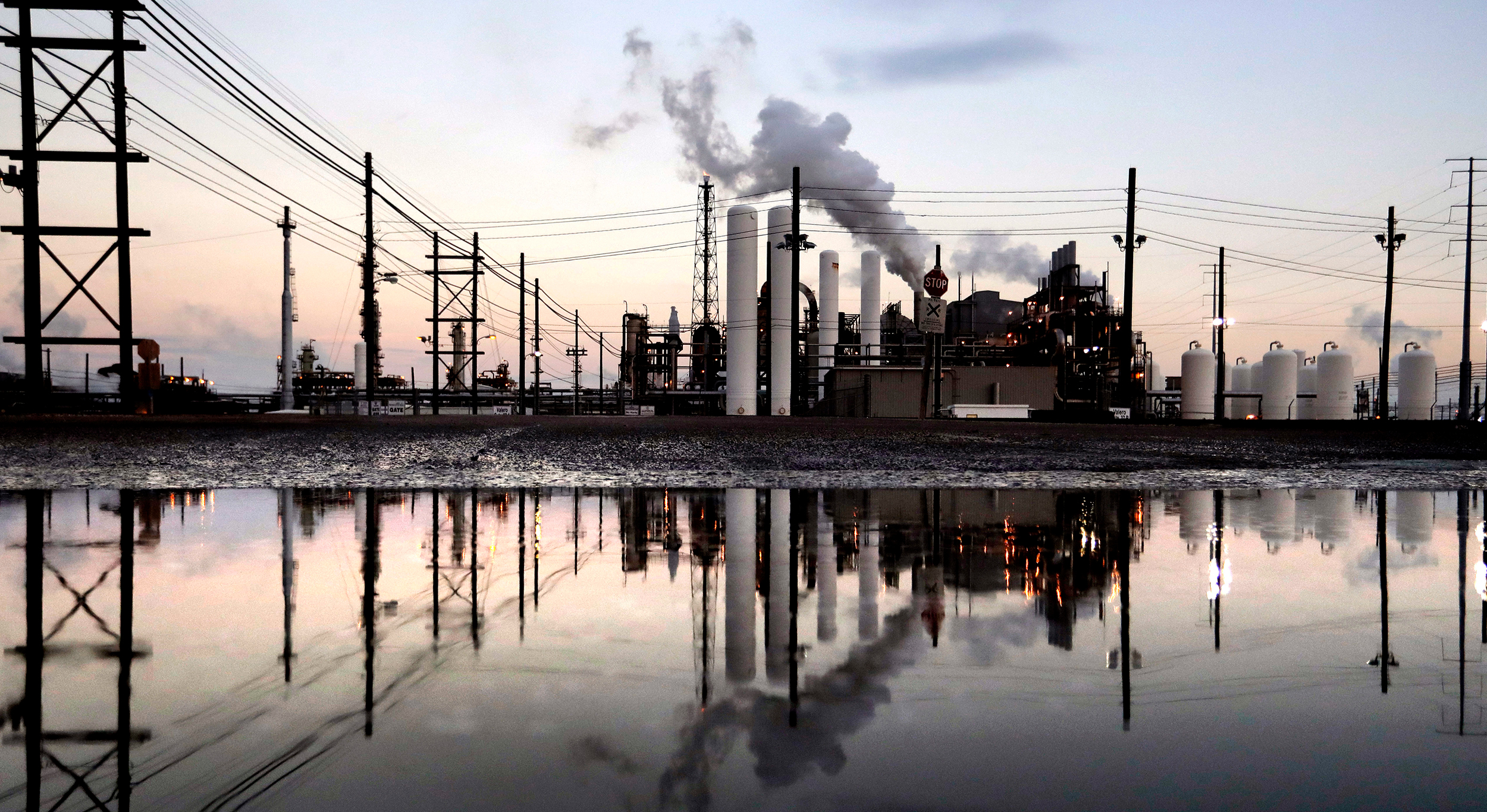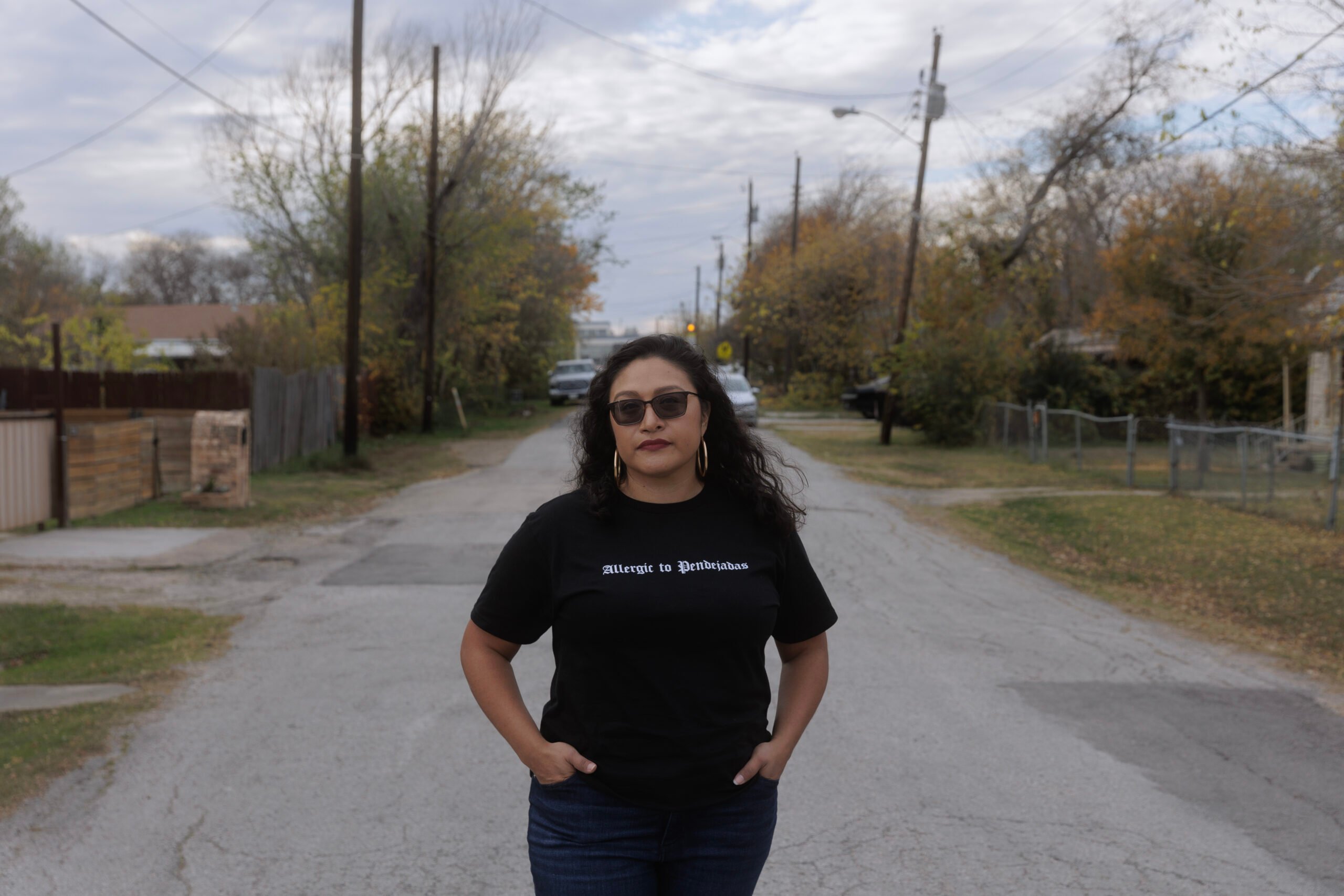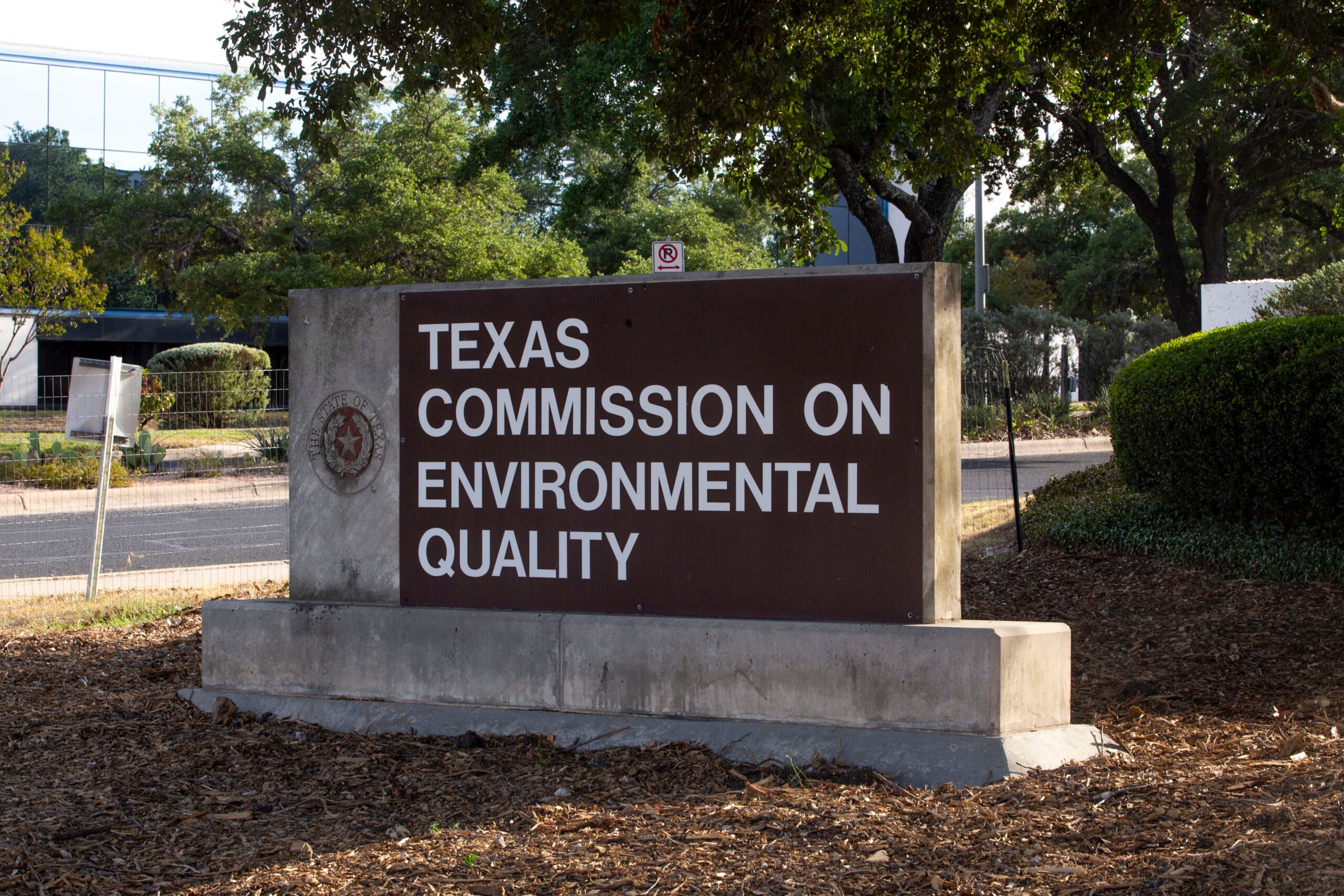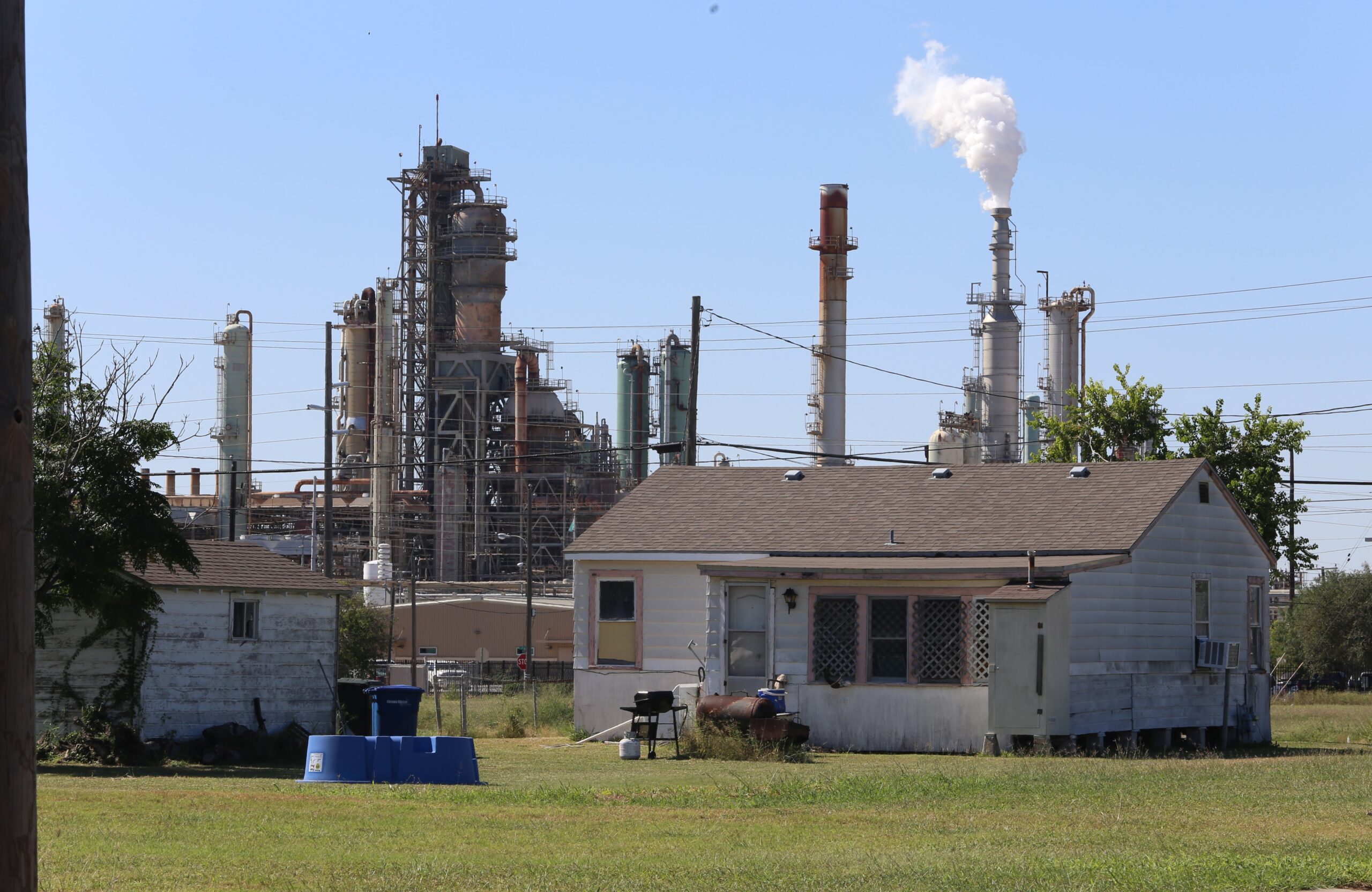
TCEQ Report Could Pave the Way for Chemical Plants to Emit More Hazardous Air Pollutants
A new assessment from the agency downplays the risks of ethylene oxide, a known carcinogen.

When the wind blows across Port Arthur, a predominantly African American city on the Gulf Coast, it’s likely carrying toxic gasses like carbon monoxide, sulfur dioxide and benzene into residents’ lungs. Bordering the city are two sprawling oil refineries, one of which is the largest such facility in the United States. Activists here helped establish tighter national limits for pollution from refineries and plants. Now, Port Arthur might be the site of yet another fight for clean air.
Last month, the Texas Commission on Environmental Quality released a scientific assessment that justifies an increase in the amount of ethylene oxide that petrochemical plants can legally emit. TCEQ’s assessment is the first step toward increasing the amount of legally acceptable ethylene oxide emissions to 1,000 times the current rate. Ethylene oxide, which is used to create products like antifreeze and adhesives, is a known carcinogen linked to lymphoma, leukemia and breast cancer.
“Southeast Texas in particular is a home and refuge for oil and gas. TCEQ is working hard to lift these regulations.”
TCEQ’s report asserts that Environmental Protection Agency models overestimate the number of cancer deaths that can be linked to the chemical. Environmental advocates from the Sierra Club, Environment Texas and other groups wrote a letter to TCEQ last week requesting a 45-day extension to review the agency’s methodology and findings, citing a 2018 EPA report that found that “communities nationwide, including in Texas, are facing extraordinarily high cancer risk due to this exposure.” Two experts told the Observer that they can’t reasonably review the agency’s complex assessment by the current deadline of August 12, particularly when the stakes are so high given existing research around ethylene oxide’s carcinogenic effects. The letter says that the agency is “attacking and proposing to ignore EPA scientists’ evaluation” of health risks.
In a statement provided to the Observer, TCEQ stood by its findings, saying that the assessment was “consistent with standard scientific practices, as well as with the agency’s own peer-reviewed methods.”
“There was nothing from TCEQ stating that this [assessment] was happening,” says Hilton Kelley, the director of Community In-Power and Development Association, an environmental advocacy group in Port Arthur. “Southeast Texas in particular is a home and refuge for oil and gas. TCEQ is working hard to lift these regulations,” he says. “It is up to us to get this information out there and protect our communities.” Many residents are likely unaware that the assessment could affect the quality of the air that they breathe. A longer review period would allow community organizations to educate and engage residents on the issue.

Nearly 30 areas in Texas — from the Houston Ship Channel to Odessa and Irving — would be impacted by an increase in emissions of the carcinogen from chemical plants, says Neil Carman, the Sierra Club’s Clean Air Director. Many of these communities are low-income and predominantly communities of color, just like Port Arthur. Rates of cancer, asthma and other respiratory illnesses are measurably higher in such communities, since industrial facilities have historically been located closer to where low-income and minority Texans live. For example, cancer rates among black residents in Jefferson County, home to Port Arthur, are higher than the state average.
The EPA is currently reviewing the federal limit for ethylene oxide emissions under the Clean Air Act and isn’t expected to make a final decision before 2020. TCEQ’s assessment could have an impact on the EPA’s review, since the agency can rely on scientific reports produced by state environmental agencies. With industry-friendly and science-skeptic Texan Michael Honeycutt on the EPA’s Science Advisory Board, Carman says that the situation is particularly worrisome. Honeycutt has previously downplayed the dangers that mercury, arsenic and ozone pose to public health. If the emissions limit is raised in Texas, Carman says, it could have a ripple effect across the United States, putting yet more vulnerable communities at risk from the hundreds of chemical plants that spew the pollutant.
READ MORE:
-
Port of No Return: A year after Hurricane Harvey, Port Arthur is fighting for survival. Will Texas’ disaster recovery process push residents deeper into despair, or help lift them out of it?
-
Professor Trill: Rapper Bun B on Port Arthur, resilience and the meaning of trill.
-
Nearly 500,000 Texans Live in Communities with Contaminated Groundwater. Lawmakers Aren’t Doing Much About It: Despite growing national concern about the health effects of “forever chemicals,” the state’s Congressional delegation has barely made a peep.
-
The EPA Told Texas to Crack Down on Dangerous Air Emissions in 2015. The State Never Did, and Now It Won’t Have to: Trump’s EPA rescinded a rule that would have forced Texas to close a loophole exploited by industrial polluters in 97 percent of illegal emission events.
-
Oil and Gas Producers May Be Pushing the Permian Basin Past Federal Air Quality Limits: Sulfur dioxide levels in the vast West Texas region may be hitting dangerous levels. Meanwhile, the state is hardly bothering to monitor the pollutant.


